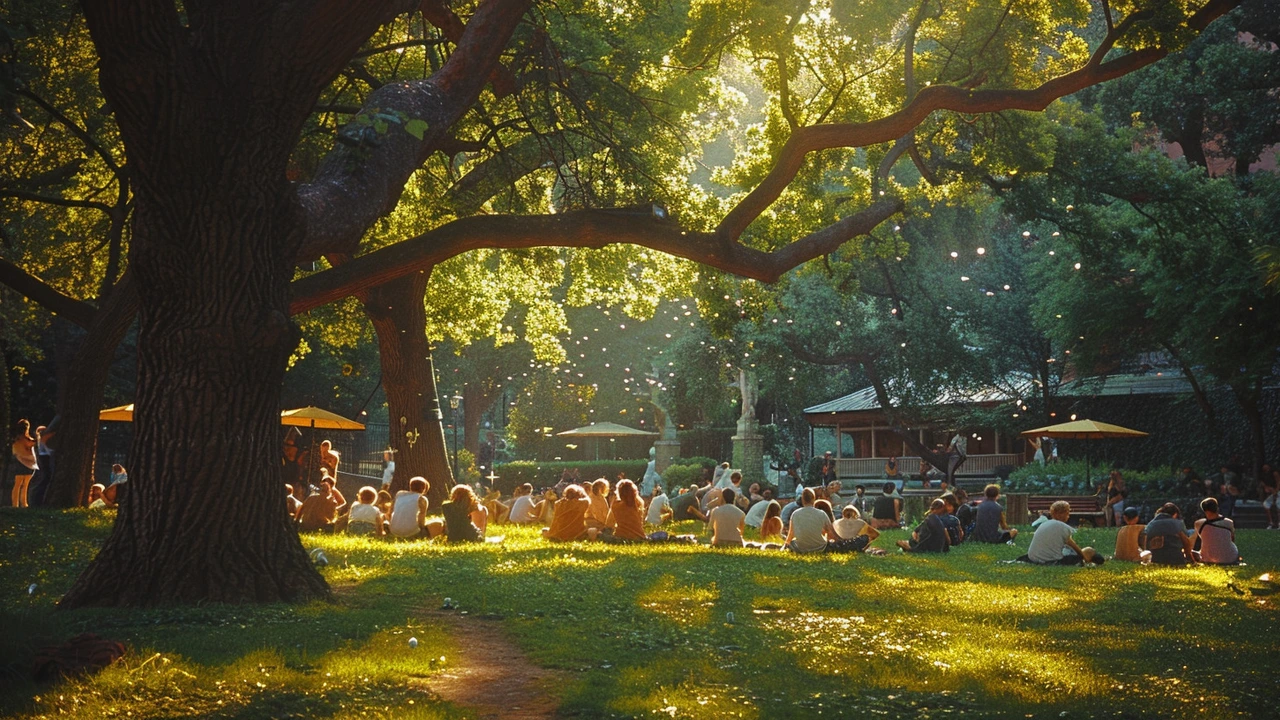The fashion industry is currently experiencing a fascinating phase of revivalism, where the past and present blend seamlessly to create modern interpretations of vintage styles. This article delves into the reasons behind this phenomenon, highlighting how nostalgia, sustainability, and individuality play pivotal roles. It also offers an insightful look into how designers and consumers alike are navigating this trend, breathing new life into forgotten fashions with a contemporary twist. With a mix of historical context and current examples, this piece offers a comprehensive understanding of why revivalism isn't just a trend but a movement reshaping the fashion landscape.
Fashion Industry: Use Architectural Design to Boost Your Style
Want fresher fashion ideas that actually stick? Look at buildings. Architecture gives ready-made shapes, textures, color palettes, and staging ideas you can use right away—no trend-hopping needed. This page gathers practical ways the fashion industry borrows from architecture and points you to clear examples on our site.
Why architects matter to fashion
Architecture teaches scale, balance, and materials. Notice how a Beaux-Arts facade uses symmetry and ornament; you can translate that into structured suits, trim details, or statement embroidery. The Bauhaus approach—form follows function—works great for minimalist collections and functional streetwear. If you need bold graphics, check Constructivist ideas: strong geometry and flat color blocks make power pieces and logos pop.
High-Tech architecture shows how visible structure can be beautiful. Exposed seams, fastenings, and metallic fabrics reflect that language. Neo-Futurism gives sculptural silhouettes and forward-facing textures—perfect for runway moments. Even Renaissance and Baroque details can inform rich prints, surface patterning, and dramatic drape.
How to use architectural styles in your fashion work
Start with a mood board: pick one architectural post from our site—try "Bauhaus Style: How It Shaped 20th Century Design" or "Beaux-Arts Architecture: Timeless Glory and Iconic Design"—and pull three visual cues: a shape, a texture, a color. Limit yourself to those three; constraints make stronger collections.
Think about proportion. Use building parts as rules: a column suggests vertical seam lines, a dome suggests rounded shoulders or curved hems. Mix scales: pair small, ornate details inspired by Baroque with broad, clean Bauhaus lines for contrast.
Materials matter. Match fabrics to surfaces: stone and concrete inspire matte, dense textiles; glass and steel point to reflective or structured synthetics. If you want eco-appeal, study ancient techniques—our Roman architecture pieces mention long-lasting materials that can inspire sustainable fabric choices and finishes.
Plan shoots around architecture. A photograph in a Georgian town square reads different from one in a Neo-Futurist plaza. Use buildings that echo your collection’s mood. For an editorial touch, layer garments against architectural details—lace against carved stone, modern neoprene against sleek glass.
Branding and retail: use architectural language in store layout and logos. Symmetry, rhythm, and negative space borrowed from architectural styles can make a shop look trustworthy and modern. Small changes—an archway, a columned entrance, a tiled display—add narrative without big budgets.
Want quick reads? We’ve linked pieces like "International Style: How Global Trends Shape Modern Fashion" and "Neo-Futurism in Architecture and Art: Envisioning Tomorrow’s World" for direct inspiration. Pick one style, pull three cues, and test them in a sketch or sample. That simple step turns architecture from eye candy into usable design tools for the fashion industry.

